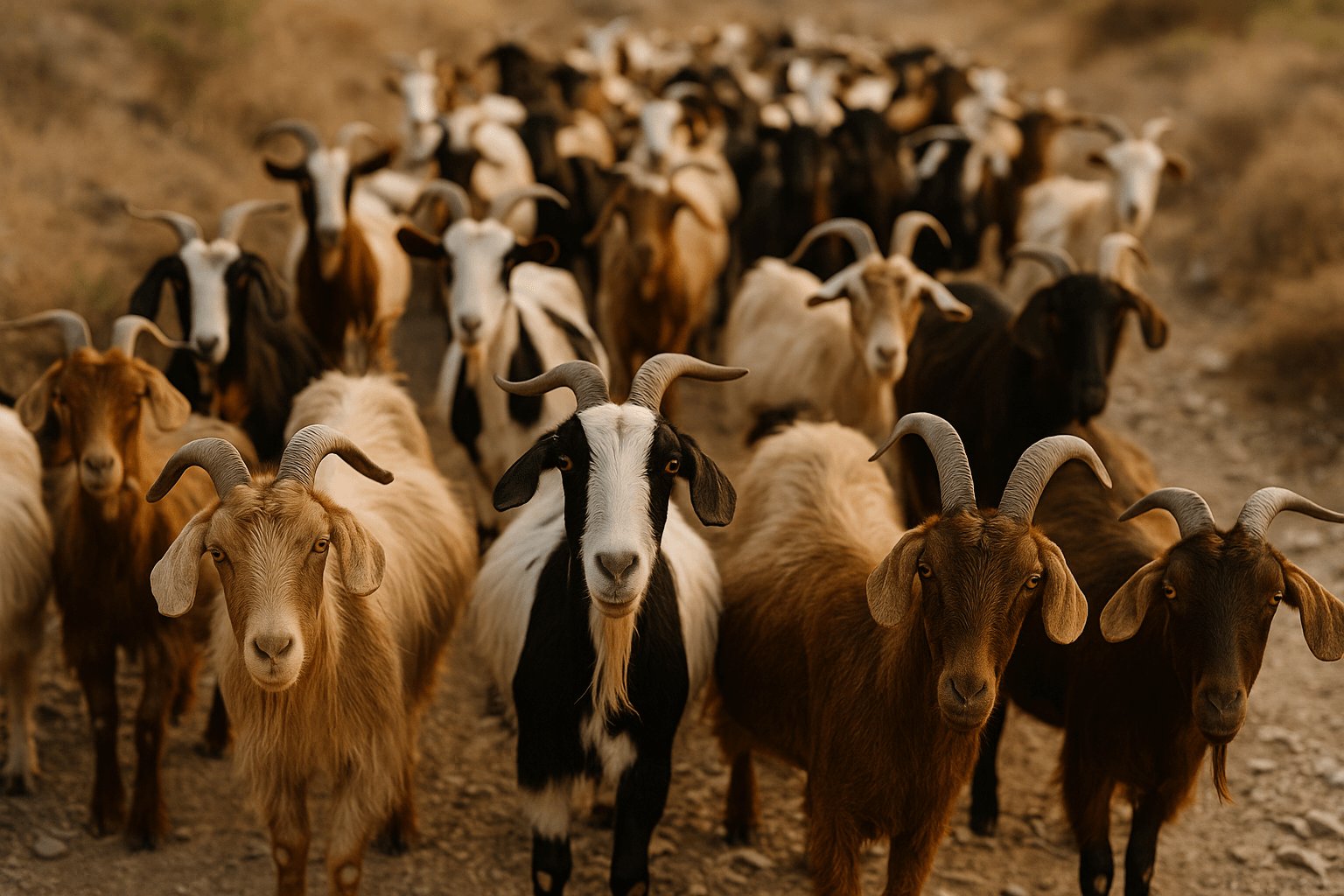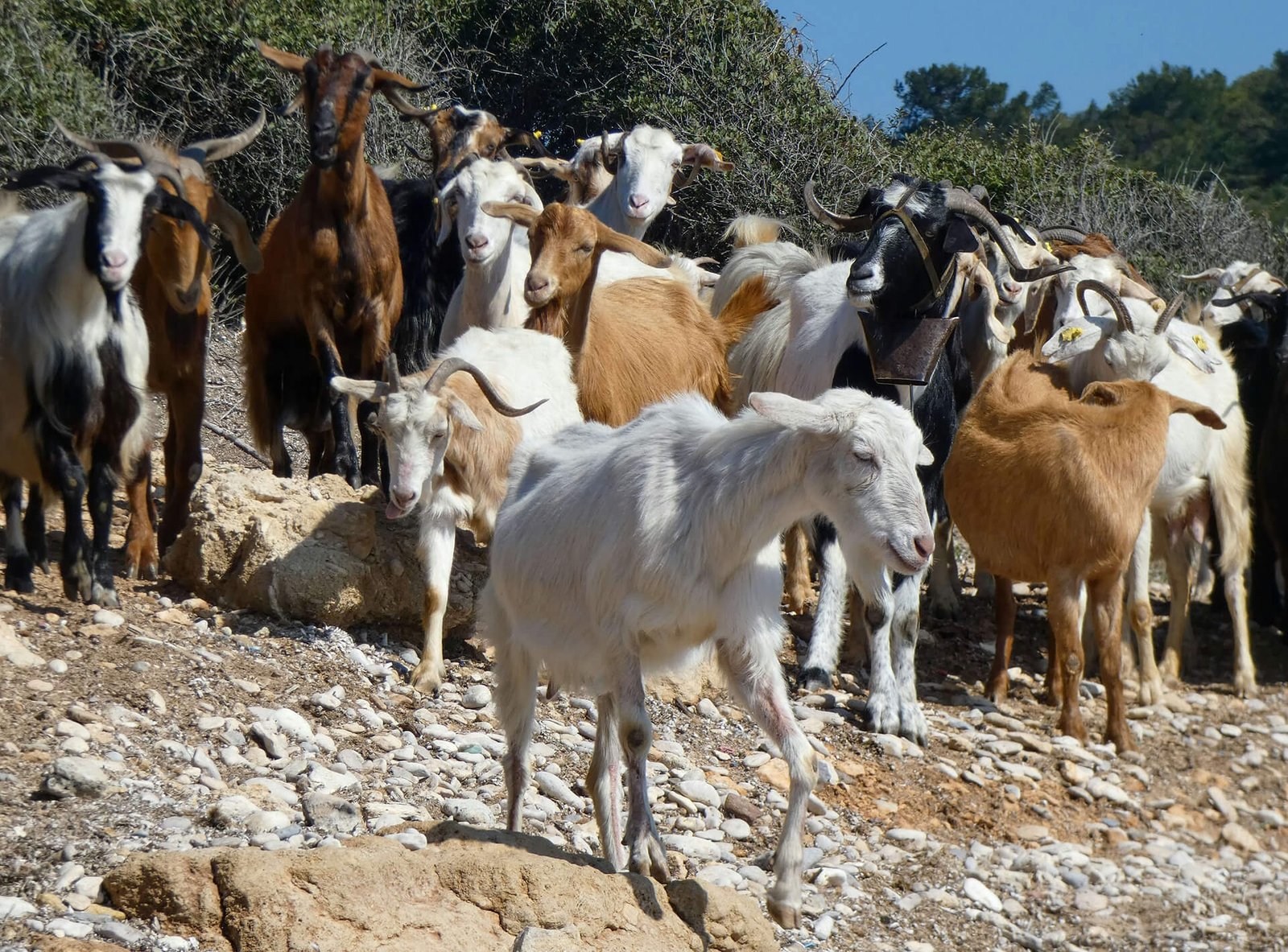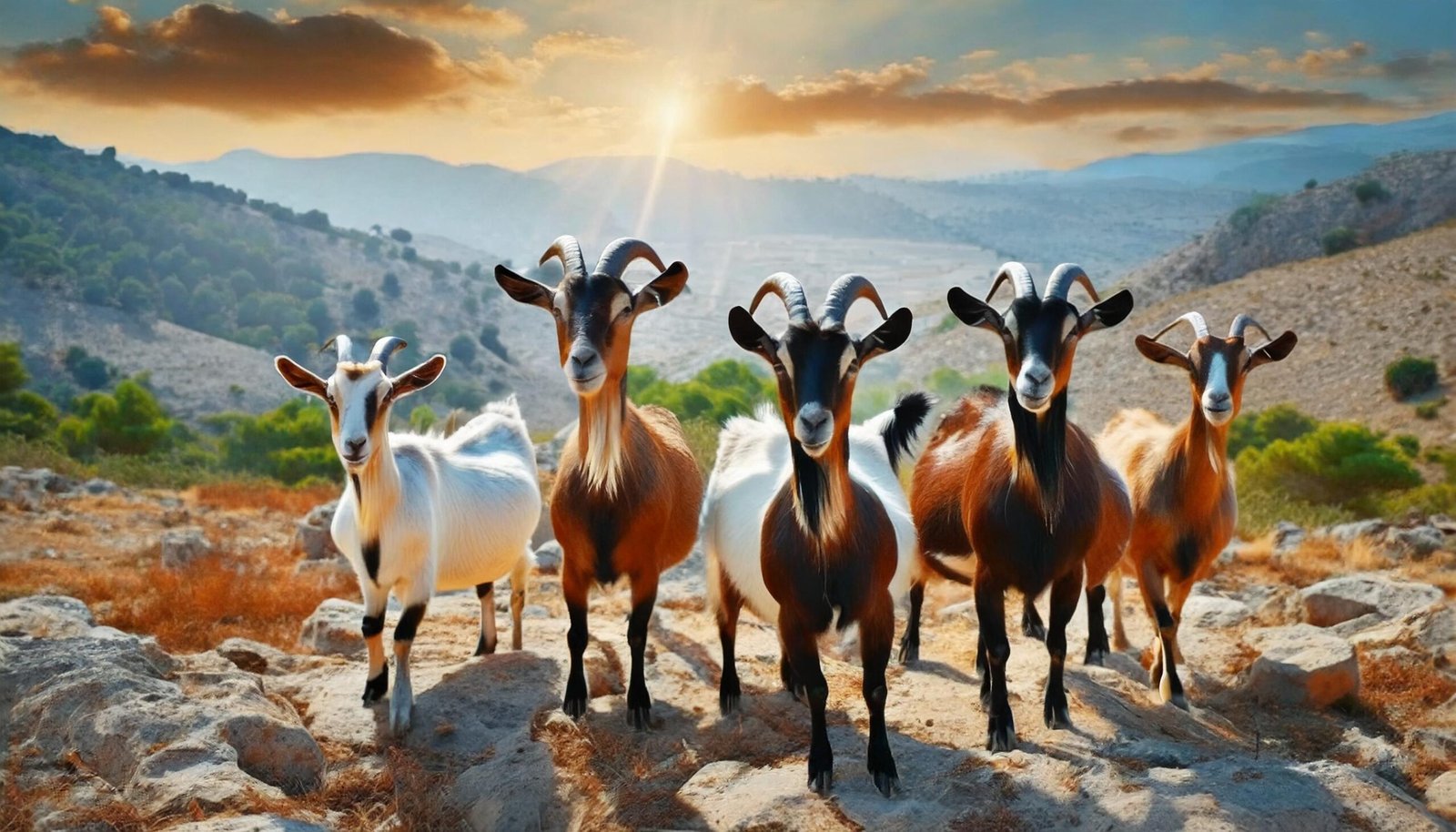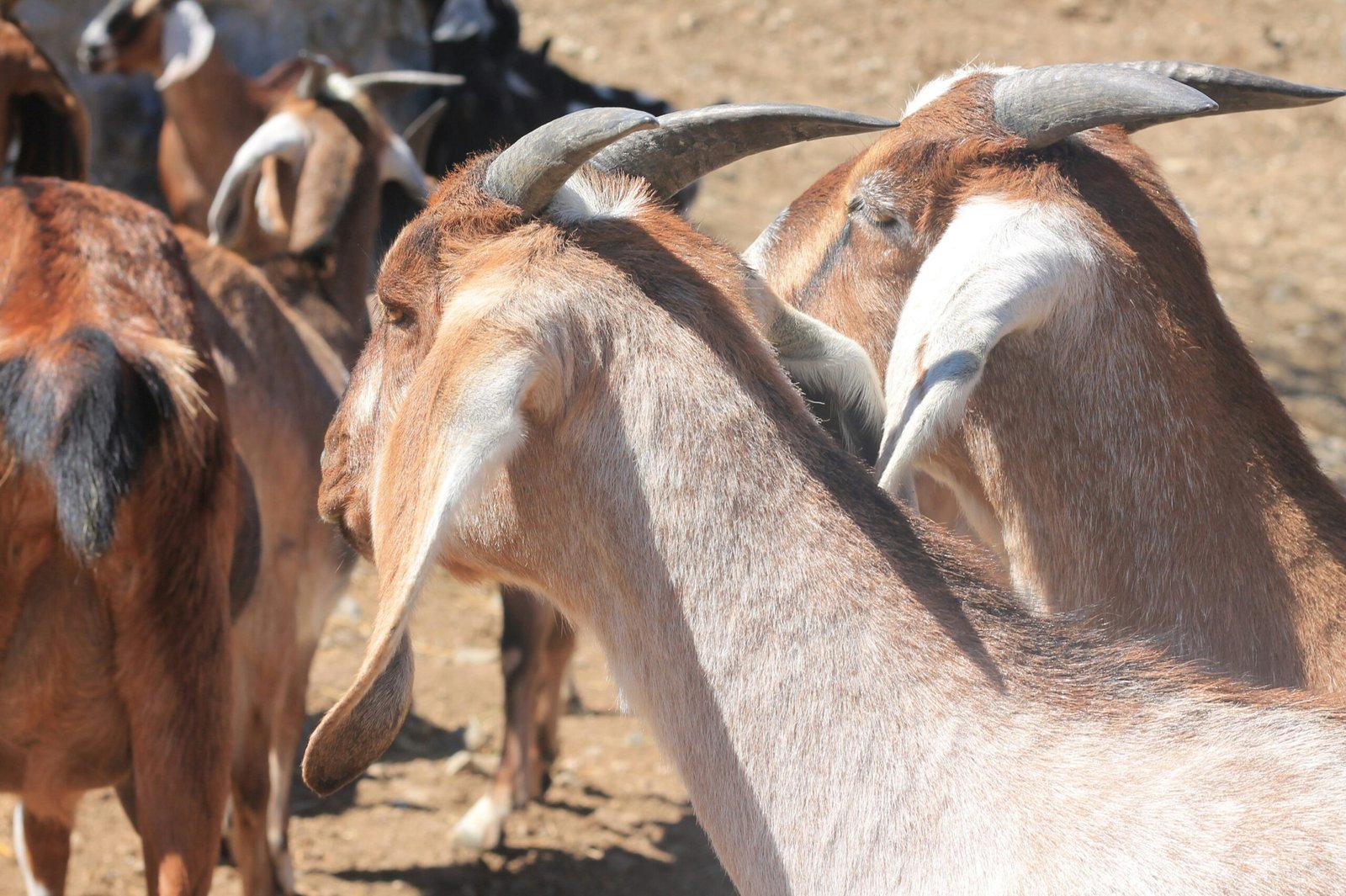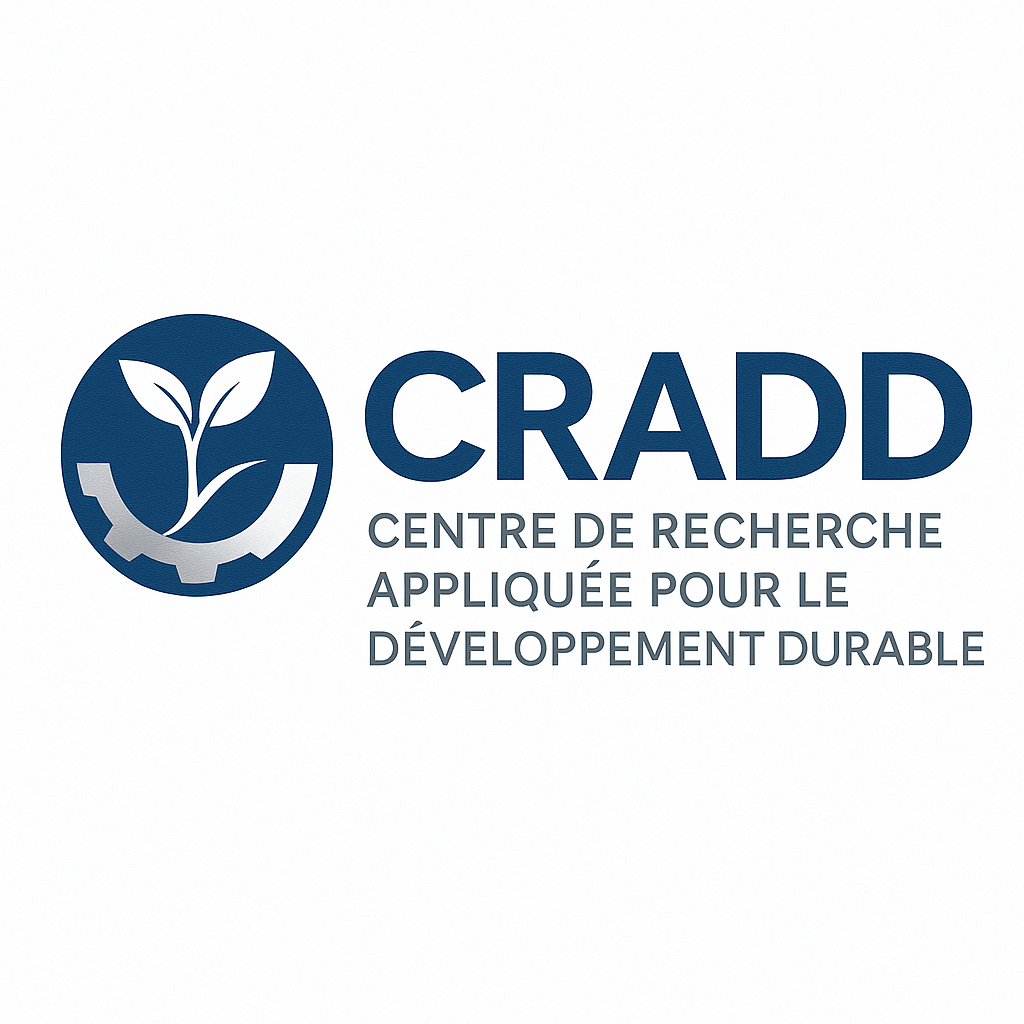Modern agriculture is undergoing a profound transformation driven by digitalization and smart technologies, and livestock farming is no exception. In the picturesque region of Occitanie, France, where traditional grazing systems meet cutting-edge innovation, a new use case is setting the benchmark for sustainable pasture management: IoT-Enabled Grazing Optimization for the Alpine goat breed. This initiative showcases how connected technologies can revolutionize grazing practices, enhance milk productivity, and reinforce sustainability in dairy goat farming.
The Alpine Goat: A Pillar of French Dairy Excellence
The Alpine goat, originally from the French Alps, is now one of the world’s most widespread and productive dairy goat breeds. Its high adaptability, robust health, and consistent milk production make it an ideal breed for both intensive and extensive grazing systems. In Occitanie, a region celebrated for its rich agricultural traditions and diverse landscapes, Alpine goats contribute significantly to artisanal cheese production and local dairy value chains. On average, under well-managed systems, Alpine goats can yield around 142 liters of milk per month, providing farmers with a reliable income source and consumers with high-quality dairy products renowned for their taste and nutritional value.
Yet, as pasture-based systems face pressures from climate variability, land use competition, and ecological degradation, optimizing grazing management has become a necessity for ensuring the long-term viability of goat dairy farming.
Why Grazing Optimization Matters
Traditional grazing relies on the herder’s experience to balance pasture use with animal nutrition and ecosystem health. However, overgrazing and undergrazing remain common problems that can reduce pasture productivity, harm biodiversity, and negatively impact milk yield. Modern approaches to pasture management aim to fine-tune grazing intensity and rotation to maintain soil health, encourage regrowth, and ensure that goats have access to optimal forage quality throughout the season.
IoT (Internet of Things) grazing monitors offer an intelligent solution to this age-old challenge. By equipping goats and pastures with smart devices, farmers can collect real-time data on animal movements, grazing patterns, pasture conditions, and environmental factors such as soil moisture or vegetation growth. This data-driven insight allows for precise decision-making to adjust grazing plans dynamically, improving pasture utilization efficiency and animal welfare.
How IoT Grazing Monitors Work
In the IoT-Enabled Grazing Optimization use case, each Alpine goat is fitted with a lightweight, weather-resistant collar containing GPS and activity sensors. These sensors track the animal’s location, movement speed, grazing duration, and resting periods. The data is transmitted wirelessly to a central cloud platform, which aggregates information for the entire herd.
At the same time, stationary sensors are installed in different pasture zones to monitor soil moisture, grass height, and temperature. By combining these datasets, the system generates a comprehensive view of pasture health and goat grazing behavior. Farmers can access this information through a mobile app or web dashboard, where they receive:
- Heatmaps of grazing density: Showing which areas are over- or under-utilized.
- Alerts on unusual behavior: Detecting possible health issues or animals straying beyond designated grazing zones.
- Recommendations for rotation: Suggesting optimal times to move the herd to new paddocks to prevent overgrazing.
This technology supports a rotational grazing strategy tailored to real-time pasture conditions and animal needs, ensuring consistent forage quality and promoting regenerative pasture management.
Pilot Implementation in Occitanie
Launched in 2022, the pilot phase in Occitanie brings together local goat farmers, agricultural researchers, and agri-tech providers. The region’s diverse topography, ranging from lowland plains to upland meadows, offers a rich testing ground for IoT solutions adaptable to various grazing contexts.
Participating farms received IoT grazing monitor kits along with technical training. Early adopters quickly recognized the value of the system in addressing daily challenges:
- Farmers who previously relied on manual paddock inspections now save time and effort through remote monitoring.
- Data-driven insights have reduced pasture degradation and improved forage regrowth cycles.
- Health-related alerts have enabled faster intervention, reducing losses due to undetected injuries or illnesses.
For herders managing larger flocks across fragmented pastures, the geofencing feature has been particularly useful. Virtual boundaries prevent goats from wandering into neighboring crops or protected areas, minimizing conflicts with other land users.
Positive Impact on Milk Yield and Sustainability
One of the primary objectives of this use case is to maintain and ideally increase the average milk yield of 142 liters per month per Alpine goat by ensuring optimal forage availability and quality. Good grazing management translates directly into better nutrition, which supports consistent milk production and higher fat and protein content in the milk — key factors for the region’s premium cheese makers.
Moreover, smarter pasture use contributes to a sustainability score of 8, indicating a strong alignment with environmental stewardship, economic viability, and animal welfare standards. By promoting balanced grazing, the project helps preserve soil structure, enhance carbon sequestration, and protect local biodiversity, aligning with France’s broader agroecology and climate resilience goals.
Integrating IoT with Traditional Knowledge
An important feature of this initiative is its respect for the rich body of traditional pastoral knowledge in Occitanie. Local farmers bring generations of expertise in reading pasture signs, weather patterns, and animal behavior. Rather than replacing this wisdom, IoT systems complement it by providing additional precision and real-time verification.
Many farmers have shared that the technology enhances their ability to plan ahead — especially during unpredictable weather shifts — and provides concrete data to justify grazing decisions when coordinating with cooperatives or agricultural advisors.
Economic Considerations and Support
While the benefits are clear, cost remains a key consideration. IoT grazing systems involve upfront investments for hardware, software subscriptions, and ongoing data services. To address this, local farmer cooperatives and rural development agencies have explored cost-sharing models, group purchasing discounts, and subsidies through regional innovation grants.
In addition, some pilot farms have begun demonstrating the return on investment by showing savings on feed costs and improved milk revenue, which in turn encourages more farmers to adopt the system.
Research Partnerships and Data for Policy
Beyond individual farm benefits, aggregated data from multiple IoT-enabled farms contributes to broader research and policy goals. Agricultural scientists can analyze regional trends in pasture health, livestock productivity, and climate impacts. Policymakers gain valuable evidence to design targeted support measures for pasture-based dairy systems and to monitor progress towards sustainability targets.
In Occitanie, this collaborative model strengthens the region’s position as a leader in smart agriculture and a hub for agri-tech innovation tailored to small- and medium-sized farms.
Empowering the Next Generation
The IoT-Enabled Grazing Optimization use case also aligns with rural revitalization objectives by attracting young farmers and tech-savvy entrepreneurs to the goat dairy sector. Many young professionals in Occitanie view the integration of smart farming tools as an opportunity to modernize family farms, improve working conditions, and build resilient local food systems.
Training programs and demonstration sites play a key role in equipping this new generation with the skills to leverage IoT tools effectively, creating pathways for digital jobs in rural communities.
Outlook and Replication Potential
As the pilot continues to show promising results, the project team plans to scale up to more farms across Occitanie and eventually other goat-farming regions in France and Europe. Future enhancements may include:
- AI-powered analytics: For more advanced predictions on pasture growth and herd behavior.
- Integration with weather forecasts: To automate adjustments based on expected rainfall or drought conditions.
- Blockchain-based traceability: Adding value to premium dairy products by guaranteeing sustainable and traceable production practices.
Replicating this use case in other European contexts will require adapting to local pasture ecosystems, breed characteristics, and farmer readiness, but the core principles remain widely applicable.
Conclusion: A Model for Smarter, Sustainable Grazing
In summary, the IoT-Enabled Grazing Optimization project illustrates how combining traditional grazing wisdom with modern sensor technology can unlock significant gains in productivity, sustainability, and farm resilience. For Alpine goat herders in Occitanie, this means healthier animals, better milk, thriving pastures, and a more robust rural economy.
By championing innovations like IoT grazing monitors, France demonstrates its commitment to leading the way in smart, sustainable livestock systems that benefit farmers, consumers, and the environment alike.

